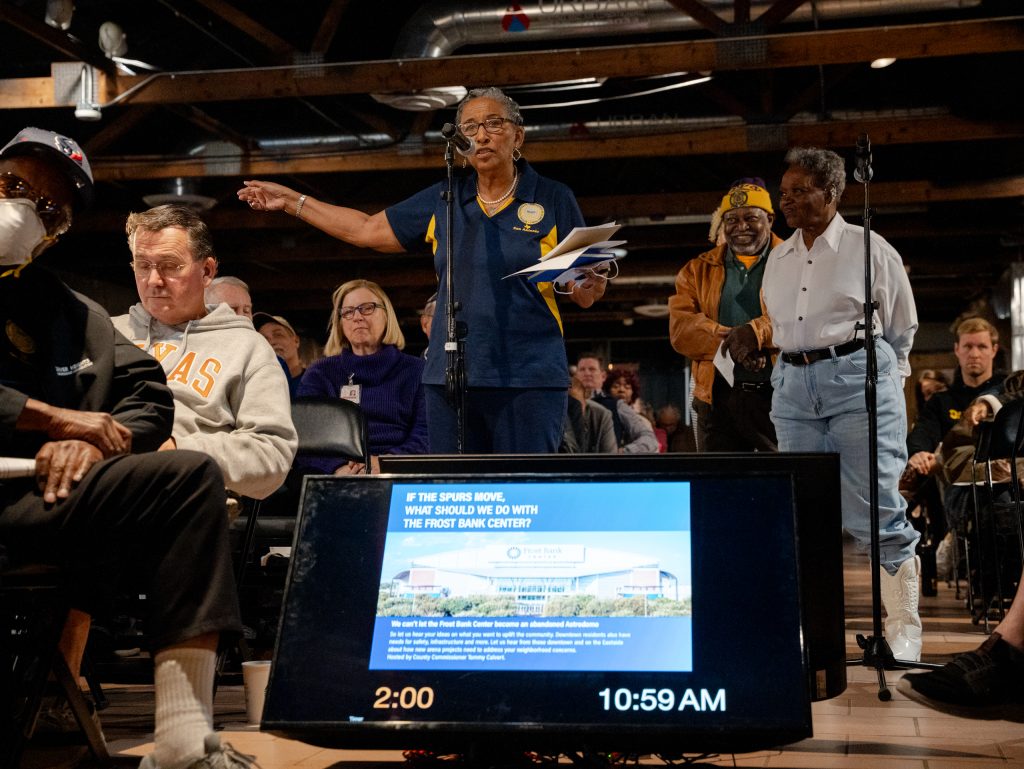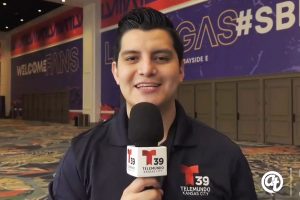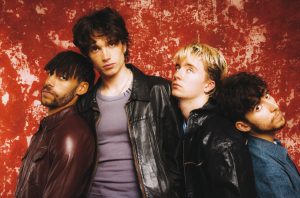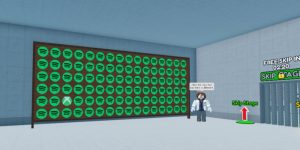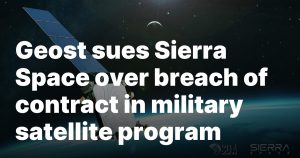If the Spurs move to a downtown arena, what happens to the Frost Bank Center?
That’s what a full house of about 200 Eastside residents and stakeholders spent three hours discussing inside a Freeman Coliseum meeting room Saturday.
At the first of two scheduled town halls organized by District 4 Bexar County Commissioner Tommy Calvert, people brought their ideas for how the arena could be reused to improve the community in ways they argued the “empty promises” made when it was put before voters never did.
“We were told there will be jobs for the communities, hotels, restaurants, stores — empty promises,” said Uriah Slavell, speaking on behalf of the community advocacy group, COPS/Metro Alliance. “That we see leaders continue to allow these developers to take our tax dollars for private investment, I say no more.”
The meetings follow a public call by Bexar County Judge Peter Sakai for more clarity on what the project will cost and how it will be paid for before he could agree to a venue tax election requested by the San Antonio Spurs’ basketball team owners.
For over an hour, attendees lined up at microphones to voice suggestions that included transitioning the 18,000-seat NBA arena into new housing, hospitals, educational entities and indoor recreational spaces.
But town hall attendees also frequently expressed their ire for a proposed new stadium after several said the arena failed to deliver in terms of economic development for the East Side.
Many said they oppose any new taxes to pay for it.
“Our tax money is better spent on what the East Side needs — more green spaces, workforce development and opportunities, and affordable housing and access to healthcare facilities and quality health care,” said Stewart Blanton, also speaking on behalf of COPS/Metro Alliance.
“If the [Spurs] owners who want to build a new stadium, they need to do what we do: spend our own money on building and buying what we want,” Blanton added.
Reimagining the arena district
Nevertheless, officials are looking ahead to what Project Marvel, the City’s grand vision for a sports and entertainment district in downtown San Antonio, means for the East Side if the county-owned Frost Bank Center loses its primary tenant, the Spurs.
“It cannot be the next Astrodome,” Sakai said Saturday at the start of the meeting, referencing Houston’s former arena, shuttered in 2009 and now used as a storage facility.
“It’s my commitment that we take care of the East Side first,” he told the town hall crowd. “Let’s make the Frost Bank Center viable, sustainable.”
Calling the Astrodome a “dead carcass,” Calvert said the only way to prevent that from happening to the Frost Bank Center is to have funds set aside for its maintenance or to demolish the arena after the Spurs leave. Updating the center would require “tens of millions of dollars,” he said.

The commissioner also shared his vision for an arena district that included repurposing the Frost Bank Center in a similar manner to the Tobin Center for the Performing Arts, replacing the Willow Springs Golf Course with workforce housing and working with the Texas Department of Transportation to build connector ramps to the highway for improved ingress and egress.
Betty Bueché, a retired county facilities director who attended the town hall, asked officials to appoint a citizens review committee not just for the Frost Bank Center project — but for Project Marvel as well.
A representative of the United Homeowners Association, who didn’t give his name, also asked for a seat at the table regarding decisions that affect their neighborhoods. “Give us the respect back,” he said.
Other ideas and uses for repurposing the arena included a mental health hospital, military and veterans museum, animal care facility and an indoor pickleball venue.
Jim Carrillo, vice president at Halff Associates Engineers, presented plans with renderings that centered around a River East at Salado Creek concept that would transform the arena and sprawling parking lots into new gathering spaces and other mixed uses that could enhance the San Antonio Stock Show and Rodeo.
“It’s just sort of a starting place for imagination — what could all of this be?” Carrillo said.
State Rep. Barbara Gervin-Hawkins (D-San Antonio), whose district includes the East Side of San Antonio, said that she needs a tour of the area to connect it all. “Bus trip!”
Gervin-Hawkins’ vision for the arena district was more measured, except for when it came to promising to go after state funding.
“We love our beloved Spurs,” Gervin-Hawkins said, adding that change is good — and she considers the proposal for a downtown sports and entertainment district a positive trend for San Antonio that aligns with similar developments across the country.
“It opens a great opportunity for us here on the East Side,” she said. But it will take time, she warned, and people should be realistic about that.
The longtime state lawmaker said she wants to replicate the legislation she pushed through that allows the city to use a state venue tax to expand and renovate the Henry B. González Convention Center. “We want to do the same thing here on the East Side,” she said.
Distrust, broken promises
Resident Gloria Ray said she grew up and raised her family on the East Side and sees great potential for the underdeveloped area. “The citizens who live around here and have lived around here want to see something happen — big,” she said.
Cody Davenport, executive director and CEO of the San Antonio Stock Show and Rodeo, is also eyeing what the changes could mean for the rodeo. “We are ready to expand now,” he said, and pointed to successful redevelopment at the Fort Worth Stockyards as an example of what could be done here.
Resident Eva Mason said she’s been researching what other communities have done with unused arenas and favors a plan that would remodel the facility into a structure with senior housing, restaurants and space for events like the Taste of New Orleans or the Folklife Festival.
But she’s also distrustful of the process. “I grew up [here] when the Frost Bank Center was originally built, we had a forum like this,” she said. “They wanted community input. Not one thing we said mattered.”

The boost in private development did not follow as promised by local leaders and the area remains economically depressed, despite the Spurs.
“You gotta make sure that you get the community that lives here into the picture and benefit from it,” said Market Square business owner Nick Peña. “Otherwise … they come in, they see the game, they see Wemby, and take off.”
The Frost Bank Center, formerly the AT&T Center, was funded by an increase to the hotel and rental car tax that voters approved in 1999.
Bill Avila, an attorney with the firm Bracewell and a San Antonio native, gave a presentation during the meeting describing the process for venue tax elections. Due to required deadlines, there’s not enough time to adopt a resolution and get it approved for the May ballot, he said.
That means voters won’t get a chance to have their say on any new taxes to pay for an arena or redeveloping the Frost Bank Center until at least November.

But a new tax isn’t the only funding mechanism, Calvert said. He said that to repurpose the arena, officials could employ the city and county’s capital improvement budgets, municipal bonds, school district bonds and university allocations.
“There is a Super PID [Public Improvement District] opportunity, which is where all the tax dollars within a geographic area, like we did at the JW Marriott [Resort], are reinvested into an area,” he said. “There’s the Inner City TIRZ [Tax Increment Reinvestment Zone]. There is the venue tax.”
District 2 Councilman Jalen McKee-Rodriguez said he doesn’t support a new arena any more than he did a new baseball stadium in downtown San Antonio.
“This happens in every other major city in the country,” he said. “The research shows that the stadiums alone, the arenas alone, are not going to bring revitalization of communities.”
But when it comes to repurposing the Frost Bank Center, McKee-Rodriguez said, “anything that happens, my expectation is we get that level of care and planning that’s going on around the convention center, that’s going around the Alamodome, that’s going around the highway.
“That level of planning and care needs to happen right here,” he said.
The next town hall is scheduled for Saturday, Feb. 1, starting at 10 a.m. at the Freeman Coliseum.
Calvert said that session will be focused on what renovations are needed at the Frost Bank Center and Freeman Coliseum over the next 10 years. The meeting also will address road conditions and potential pedestrian bridges that would eliminate the need for traffic cones that direct traffic flow.



